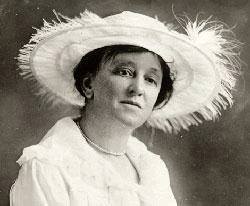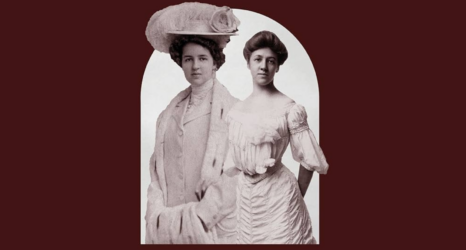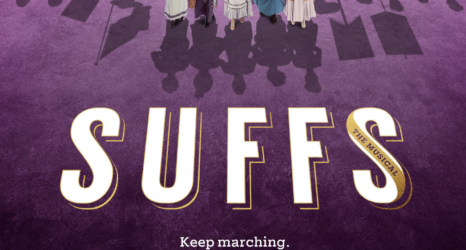
Today in Feminist History is our daily recap of the major milestones and minor advancements that shaped women’s history in the U.S.—from suffrage to Shirley Chisholm and beyond. These posts were written by, and are presented in homage to, our late staff historian and archivist, David Dismore.
May 27, 1933: The need for an Equal Rights Amendment has increased dramatically in the past few years, due to an assault on women’s rights and opportunities that some misguided individuals see as one of the solutions to our country’s current economic crisis.

That was the view expressed by Maud Younger of the National Woman’s Party at a Senate Judiciary Subcommittee hearing on the E.R.A. today.
Specifically mentioned as examples of this trend are the firings of married women workers to make jobs available to men, and new laws restricting only women’s hours and regulating only their pay.
The hearings were chaired by Senator John G. Townsend, Republican of Delaware, an E.R.A. supporter.
He said:
“It has been my observation that women have not sought recognition in our political life as a matter of special privilege, rather they have asked simply for their rights. On this ground they won their suffrage. It is my belief that on the same principle of justice they will win equality in legal status. It may be contended that the results hoped for in the measure might be accomplished by working through the State legislatures. I submit that such procedure would mean long delay.”
Of the three main witnesses, only one spoke against the legislation. Mary Winslow, of the Women’s Trade Union League, appeared as a representative of her group as well as several others. As a supporter of special “protective” legislation for women she called the E.R.A. “vague, unnecessary, ineffective, destructive, reckless of consequence and tyrranous.”
The E.R.A. reads:
“Men and women shall have equal rights throughout the United States and every place subject to its jurisdiction.”
But Florence Bayard Hilles saw so-called “protective” laws as simply “restrictive,” and a woman’s status under the law as what’s vague and too easily changed:
“Today the civil rights of women can be extended or restricted at the caprice of any State legislative authority, so that a woman’s right to earn her own living in the trades or professions, or the uses of the powers of her mind, or body can be defined, permitted or denied by State legislative authority … Today there is absolutely no reason to regard a woman as a weakling or an inferior. She has demonstrated her ability in spite of the handicaps imposed on her by law and custom, and earned her complete emancipation. This emancipation should be written into the Federal Constitution in order that she may be made secure.”
The Equal Rights Amendment was written by Alice Paul, and the campaign for its adoption was launched by the National Woman’s Party on July 21, 1923, while celebrating the 75th anniversary of the Seneca Falls convention. It was introduced into Congress in December of that year by Senator Charles Curtis and Representative Daniel Anthony—both Republicans of Kansas. Rep. Anthony is the nephew of Susan B. Anthony.
In February, 1924, the first E.R.A. hearings were held by a subcommittee of the House Judiciary Committee, with the National Woman’s Party testifying in support. On February 4, 1925, the Senate Judiciary Committee held its first hearings.
Last year saw two positive developments, as the E.R.A. got its first hearing before the full House Judiciary Committee, and on September 22nd, Amelia Earhart and other members of the National Woman’s Party called on then-President Hoover to discuss the measure with him.
Thirteen years after the Constitution was amended to make it illegal to deny anyone the right to vote on account of their sex, the battle for total equality goes on. Though that may still be a distant goal, the continued activism of many of those who vigorously participated in the campaign to win the vote, such as Alice Paul, Maud Younger, and Florence Bayard Hilles, should eventually insure the same successful outcome for this proposed 22nd Amendment as for the 19th.





